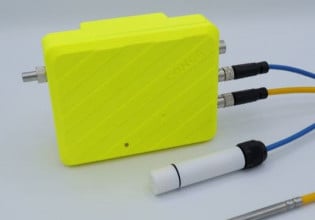M
Can anyone help my understanding (lack of) a few of the following instructions for the SLC. Namely ACN, aand AIC. I have the manual, but there are not any applicable blooming examples of them in operation! So i need an overview of how they operate, and examples for each. A lot to ask but desperately required. Many thanks.






